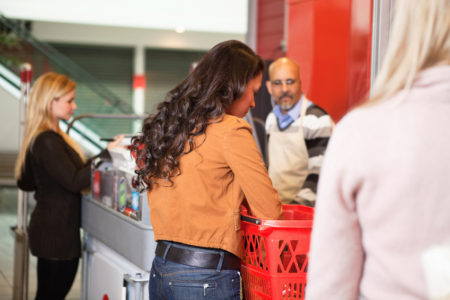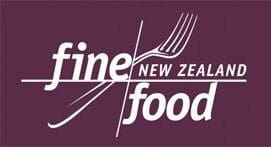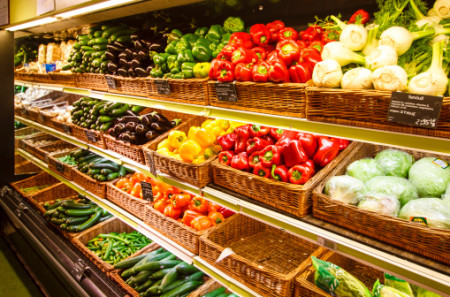When the annual trumpeting of New Zealand’s December retail figures arrived in early January, it did so with very little fanfare. Sure, we’d all spent $5,936.8 million during the month, according to the Paymark press release, but even they were forced to describe the increase over November as “modest”. The National Business Review went one better quoting Westpac Bank senior economist Satish Ranchhod as saying it seemed “New Zealanders had a frugal Christmas” and the total take was “much weaker than market expectations for a bounce following a similar-sized fall in spending in November”.
So should retailers tighten their belts and prepare for the end of the boom time that has seen four straight years of strong growth up to 2016’s 6.7% growth rate (as rated by Paymark) for processing 1.2 billion transactions for $57.4 billion of goods and services? The answer is most probably no. Last year, the average Kiwi spent $12,230 in 255 transactions – that’s 4.5% more spending per person and 6.1% more transactions per person. And just because things got a little flat in the run-up to Christmas, doesn’t signal a sea-change in retail behaviour. Boxing Day, for example, saw the usual frenzied run on the tills with Paymark saying they’d processed a record $152.7 million – up 1.9% on last year. (Again, they called it a modest increase – but an increase is an increase!)
And, besides, there’s a lot of other statistics that will be music to the ears of retailers. An overall growing population (the year to June saw the fastest growth rate since the 1960s and is tipped to hit 5 million around 2020) and fluctuations in where those people live (Tauranga has just passed Dunedin as the fifth largest city in the country) means that there’s simply more people out there looking to spend their money. There’s also been a rebound in the dairy industry pumping a bit more of the nation’s milk money back into the economy, and the surging tourism sector is bringing plenty of overseas currencies on to our shores and into our tills.
So how do retailers tap into these changing times? The rising population does present some challenges – for example, it’s probably not enough to simply sit back and wait for returning expats and new immigrants to search you out. Instead retailers will need to look for products, retail displays and store layouts that customers might have been more used to where they used to live. And different regions are growing in different ways – the huge rise in Auckland’s population, for example, has had a knock-on effect for surrounding regions such as Waikato and Bay of Plenty, where retailers might now look to the changing face of their typical customer.
Tapping into the tourism dollar also needs some forethought. There’s been a marked increase in the number of visitors from China, for example, who now travel independently as opposed to in group tours. And this means that more retailers in holiday hotspots, cruise ship stop-offs or well-travelled routes between cities and frequently visited areas can expect to have tourists through their doors. (This is no fantasy either – as of February 2017, there are five separate airlines flying direct between China and New Zealand.) Regardless of where visitors come from, they offer a specific opportunity for retail – for example, the Countdown on Waiheke Island, which is a popular spot both for international tourists, returning expats and immigrants, has an “International Aisle” selling specific, hard-to-get products from England, Asia, South America and Europe.
So if you’re scratching your head wondering why your business is still making a profit while sections of the media are talking about a “modest” or “frugal” Christmas season, it’s worthwhile looking at where the spending is coming from. Retail is a rapidly changing industry worldwide at the moment and although some of the most exciting technology is yet to find its way to our shores, there is still plenty of ways to move with the times.
Mills Display has more than 25 years’ experience of working alongside retailers to find the right food display, point-of-sale display, signage and printed products to help them maximise their customer experience. If you are keen to create the right customised solution, you’re interested in our off-the-shelf display products or if you simply want to talk through options with our friendly and knowledgeable staff, you can get more information by downloading a catalogue, emailing us or by talk to one of our salespeople on Live Chat.











